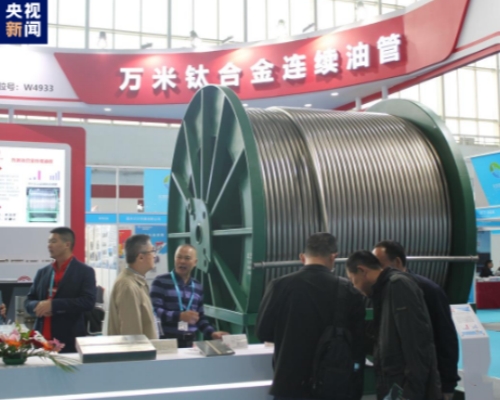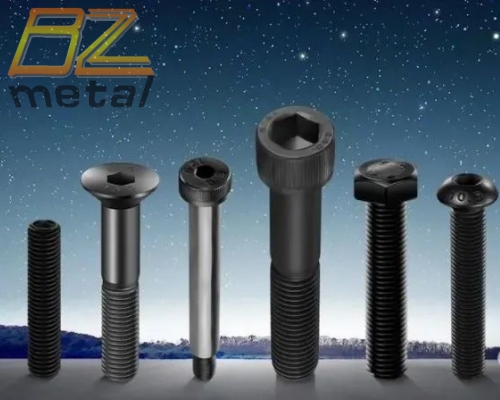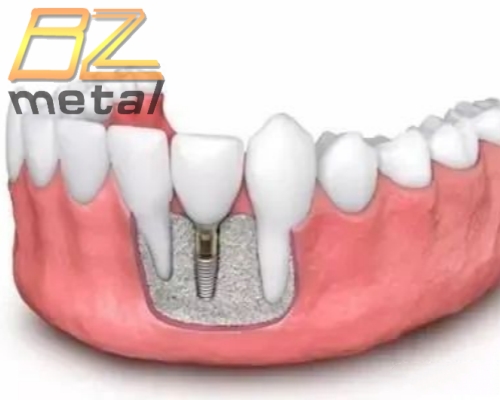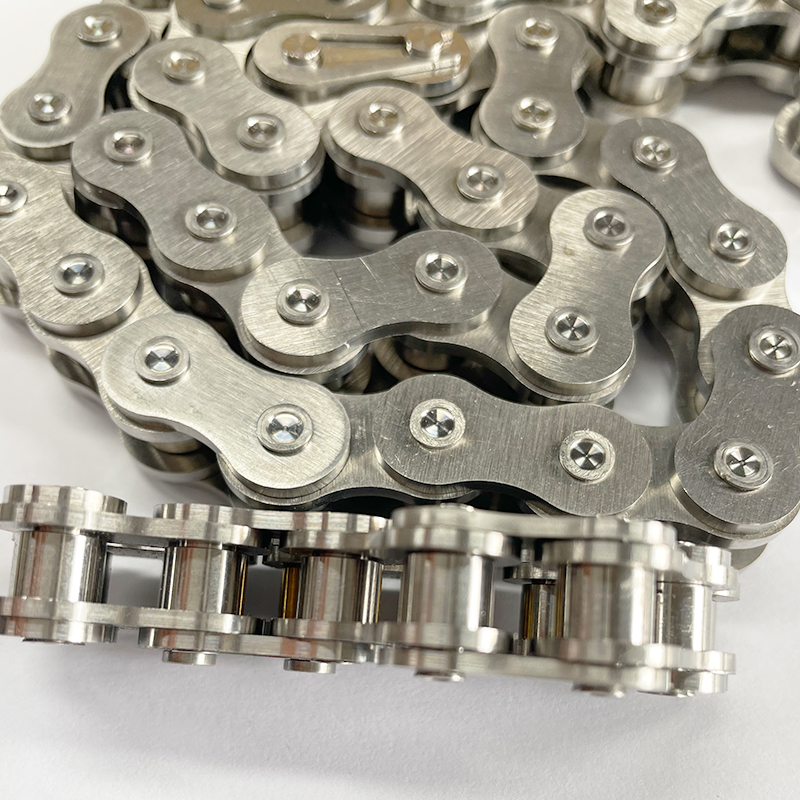Defect Analysis of Black Stripes Of TC6 Titanium Alloy Bar
Defect Analysis of Black Stripes Of TC6 Titanium Alloy Bar
TC6 (Ti-6Al-2.5Mo-1.5Cr-0.5Fe-0.3Si) is a martensitic a+/3 two-phase titanium alloy with good overall performance. Its working temperature can reach 450 degree, it is widely used in important structural parts of the aviation industry, such as wing blades and aero-engine discs. Since TC6 titanium rod is a two-phase titanium alloy, if the composition of the micro-regions is uneven, it will inevitably cause abnormalities in the macroscopic and microstructure, resulting in a significant difference in the hardness of the abnormal area and the normal area, so that the material as a whole manifests as uneven performance, and eventually a source of fatigue cracks will arise, which will bring great hidden dangers to the safety of parts use, while reducing the service life of the alloy. In view of the black stripe defects found in a TC6 titanium alloy bar processing product during low-magnification inspection, in order to accurately determine the type of defect, a metallographic microscope was used to observe the microstructure and determine the abnormal area of the metallographic structure; then a scanning electron microscope was used to analyze the black stripe area as a molybdenum-rich and aluminum-poor chemical composition segregation defect; through the microhardness test, it was determined that the composition segregation of the black stripe area is non-brittle segregation. The test results show that the segregation of TC6 alloy composition and its type can be effectively determined according to the above method; and it is determined that this type of defect does not affect the use, and it can be delivered after removal. Such defects can be reduced or eliminated by controlling the selection of raw materials for titanium alloy ingots, the mixing and electrode preparation process, and the voltage and current during smelting. The segregation of titanium alloys is classified according to the difference between the high and low hardness of the segregation site and the normal area. It can be divided into two categories: hard segregation (hardness higher than normal area, also known as brittle segregation) and soft segregation (hardness lower than normal area, also known as non-brittle segregation). If there is only non-brittle segregation in the product, and the properties meet the requirements of the product standard, the product can still be delivered after the segregation is removed; brittle segregation is not allowed to be delivered after removal, and the whole batch should be scrapped. The author discussed the analysis and determination methods of non-brittle segregation encountered in the segregation of TC6 alloy bars, aiming to provide reference for product inspection to improve product quality.
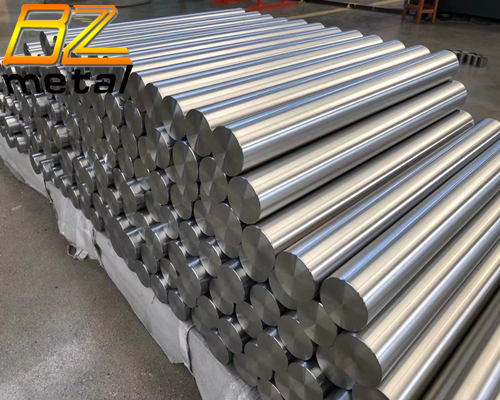
1) For the black stripe defects of TC6 bars found visually, a metallographic microscope is used to observe their microstructure. The defect area is not much different from the normal area, and the type of defect cannot be determined; the chemical composition analysis of the defect area of the bar is further carried out by scanning electron microscopy, and the defect area is the chemical element segregation of rich and poor aluminum; finally, combined with the microhardness test, it is determined that the type of segregation of the TC6 bar is the non-brittle segregation of rich and poor aluminum; through microstructure observation, micro-region composition analysis and microhardness test combined methods, TC6 alloy composition segregation and its type can be effectively determined.
2) The segregation in the TC6 alloy bar is a non-brittle segregation of rich and poor aluminum, which does not affect the use, and delivery can continue after removal; such defects can be reduced or eliminated by controlling the selection of raw materials, mixing and electrode preparation parameters, voltage and current during smelting.

